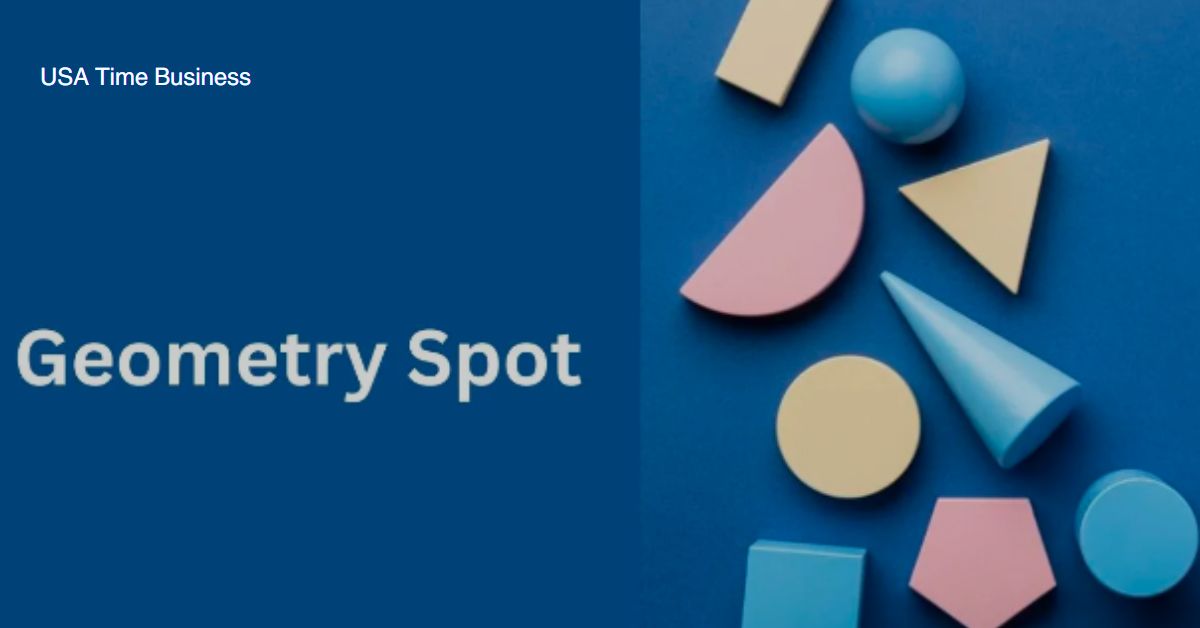Contents
Ùmap Introduction
In the ever-evolving world of technology, new tools and platforms emerge regularly to enhance productivity and improve user experiences. One such tool that has gained popularity in recent years is Ùmap. This article aims to provide a comprehensive overview of Ùmap, exploring its features, applications, and benefits. By the end of this article, you will have a solid understanding of Ùmap and its potential applications in various fields.
Understanding Ùmap
Ùmap is an open-source, web-based mapping tool designed to create interactive maps and visualizations. It is built on the foundation of Leaflet.js, a popular JavaScript library for creating interactive maps. Ùmap provides a user-friendly interface allowing individuals and organizations to create custom maps, add markers, layers, and other interactive elements, and share them.
Features of Ùmap

2.1 User-Friendly Interface
Ùmap boasts a clean and intuitive interface, making it accessible to novice and experienced users. The interface allows for easy map creation and customization, with drag-and-drop functionality and a wide range of options to personalize maps.
2.2 Customization Options
Ùmap offers extensive customization options, allowing users to tailor their maps to specific needs. Users can choose from various base maps, including street maps, satellite imagery, and topographic maps. Additionally, Ùmap allows users to add custom markers, polygons, and lines, enabling users to highlight specific locations or areas of interest.
2.3 Collaboration and Sharing
Collaboration is a crucial feature of Ùmap. It allows multiple users to work together on a map, making it an ideal tool for teams or communities. Users can collaborate in real time, editing and updating maps simultaneously. Furthermore, Ùmap provides easy sharing options, enabling users to share maps via a unique URL or embed them on websites and blogs.
Applications of Ùmap
3.1 Urban Planning and Real Estate
Ùmap finds extensive use in urban planning and real estate sectors. It allows planners and developers to visualize and analyze various city or neighborhood aspects, such as land use, zoning, transportation networks, and amenities. With Ùmap, stakeholders can make informed decisions regarding infrastructure development, resource allocation, and urban growth.
3.2 Environmental Monitoring
Environmental organizations and researchers can utilize Ùmap to monitor and visualize environmental data. By overlaying data on a map, they can identify patterns, track changes over time, and make informed decisions based on the analysis. Ùmap can be particularly useful in tracking deforestation, wildlife populations, air and water quality, and other environmental parameters.
3.3 Tourism and Travel Planning
Ùmap provides a powerful tool for the tourism industry and travel enthusiasts. It allows customized maps to showcase points of interest, tourist attractions, recommended routes, and local amenities. Travelers can use these maps to plan itineraries, explore new destinations, and discover hidden gems.
3.4 Education and Research
In education, Ùmap can be utilized for interactive learning experiences. Teachers can create maps illustrating historical events, geographical features, or cultural landmarks, enabling students to engage with the material visually and interactively. Researchers in various disciplines can also benefit from Ùmap by visualizing spatial data, conducting spatial analysis, and communicating their findings effectively.
Benefits of Ùmap
4.1 Cost-Effective Solution
Ùmap is an open-source tool that is freely available for use and modification. This makes it a cost-effective solution, especially for small organizations or individuals with limited budgets. The availability of a large and active user community also ensures continuous development, bug fixes, and support.
4.2 User-Friendly Interface
The user-friendly interface of Ùmap makes it accessible to users with varying levels of technical expertise. Its drag-and-drop functionality and intuitive design minimize the learning curve, allowing users to create maps easily.
4.3 Integration with Other Tools and Data Sources
Ùmap integrates seamlessly with other tools and data sources, enhancing its functionality and versatility. It can be connected to databases, APIs, and online services to pull real-time data into maps. This integration enables users to create updated visualizations that reflect the latest information.
Conclusion
Ùmap is a powerful and versatile mapping tool that offers a range of features and customization options. Its user-friendly interface, collaboration capabilities, and extensive applications make it valuable in several fields, including urban planning, environmental monitoring, travel planning, education, and research. With its open-source nature and continuous development, Ùmap holds great potential for innovation and creativity in interactive mapping.
Good luck, Habibi!
Come to the website and explore some mind-blowing content.
- Why Every Fashionista Needs a pork pie hat in Their Wardrobe

- Ultimate Guide to Shopping for parachute pants: Where to Buy, What to Look For

- Exploring the Delicate Flavors of tagliolini Pasta: A Culinary Journey

- Uncovering the Truth Behind blog del narco: A Deep Dive into Mexico’s Drug War

- Exploring the History and Tradition of cempasuchil in Day of the Dead Celebrations

- The Ultimate Guide to boquerones: How to Prepare and Enjoy these Spanish Delicacies






